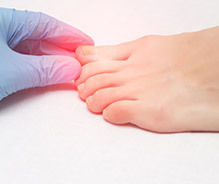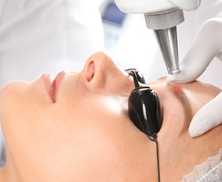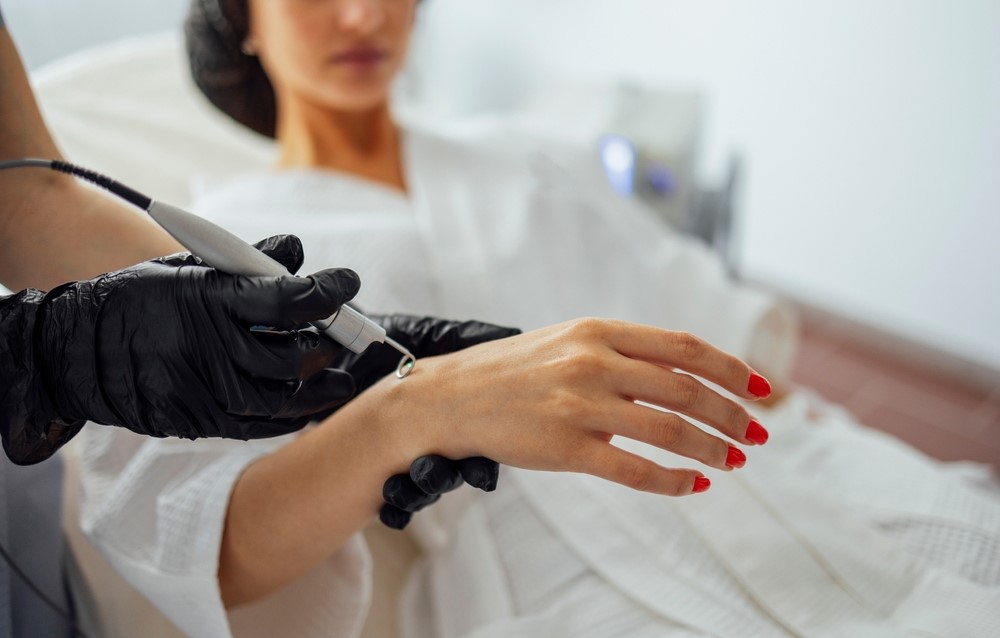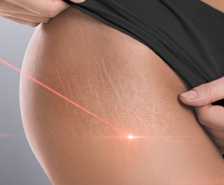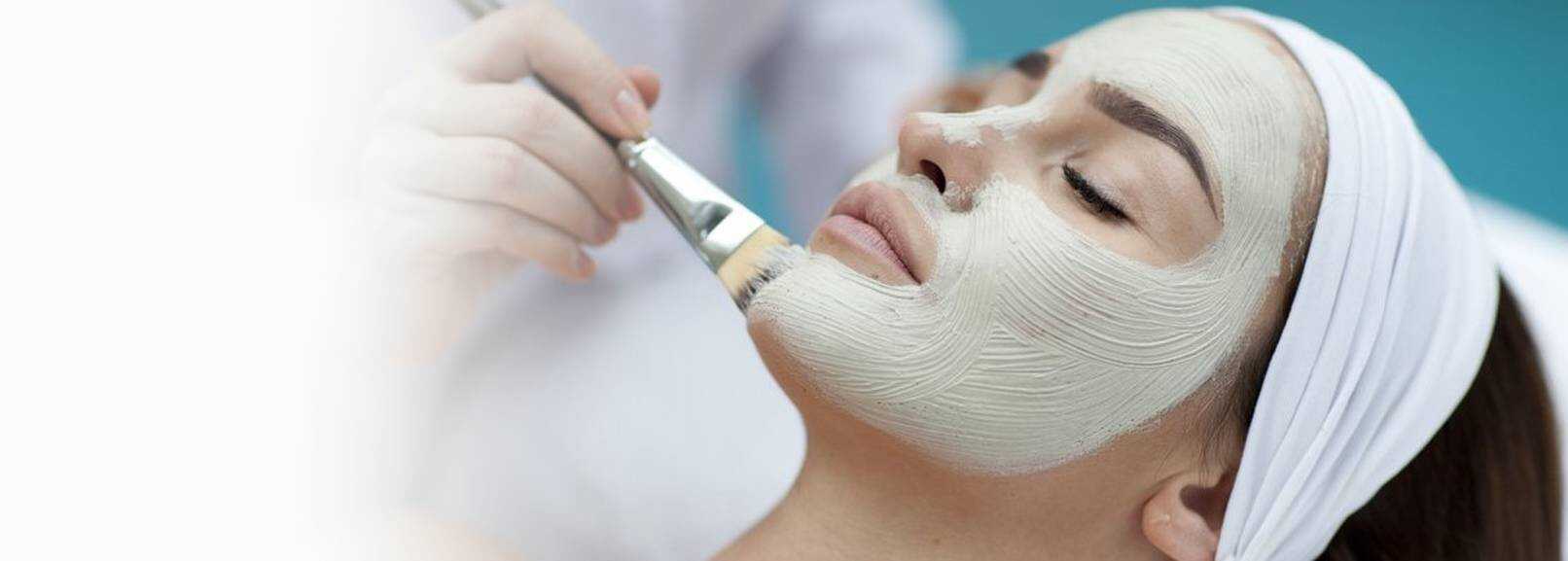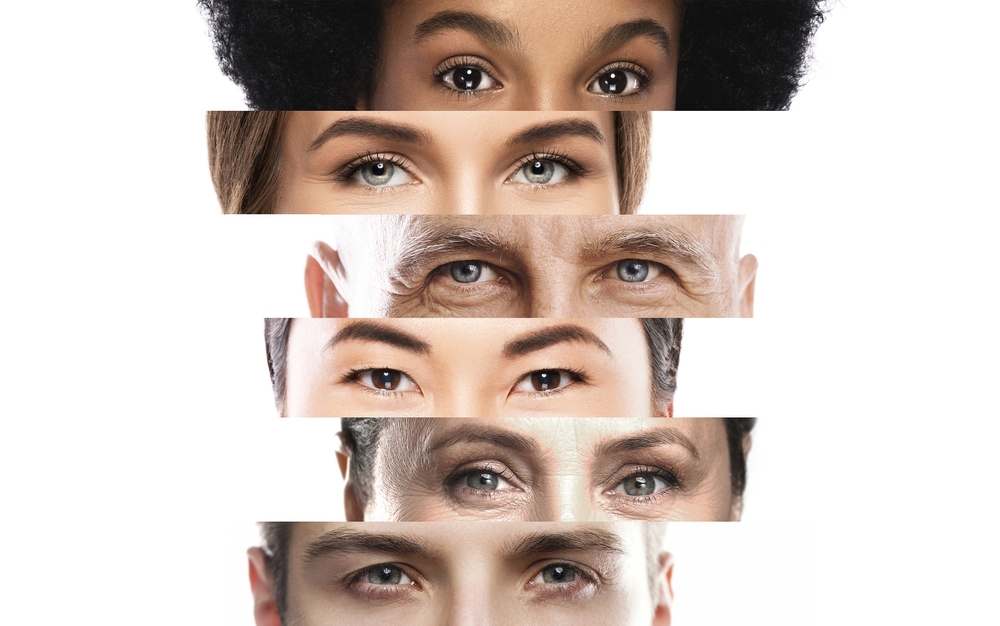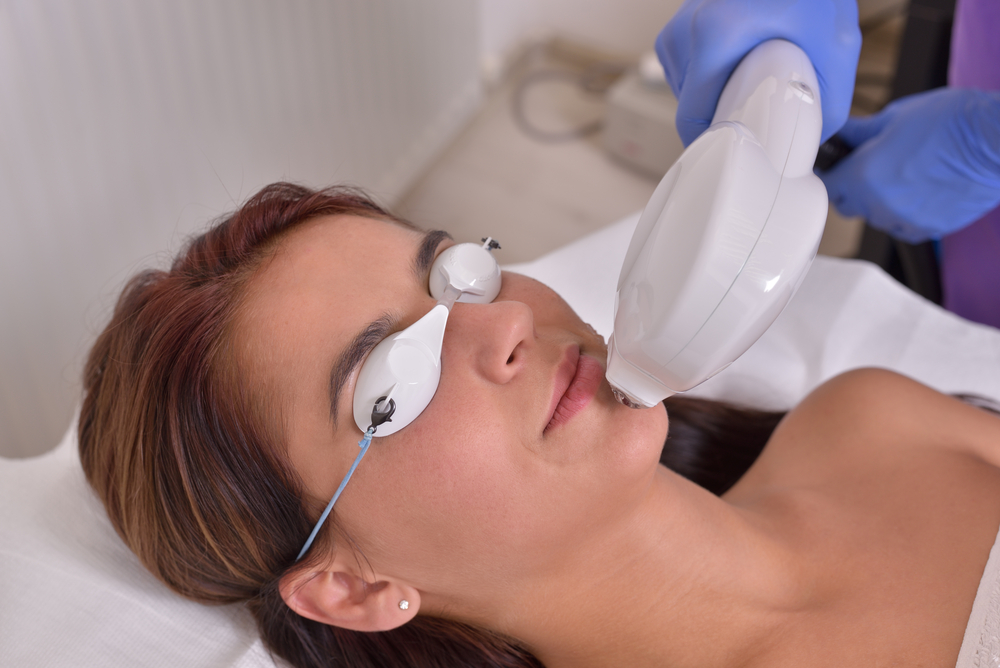All of us have scars, which are the result of the skin’s healing process after cuts, burns, acne, abrasions or other types of damage occur to the skin. However, some people are unlucky enough to develop keloid scars, which can be much more difficult to live with. Keloid scars and how to get rid of them
What are keloid scars?
Keloid scars are the result of an overly aggressive healing response by the skin, and they often grow beyond the site of the initial skin damage or injury. You can tell a keloid scar by the raised overgrowth of skin that appears on the site of an injury, blister, vaccination, acne or even a body piercing.
Keloid scars can be effectively treated by laser treatment, which is a non-invasive alternative to surgery.
Keloid scars in darker skin
People with black skin tend to be more susceptible to keloid scars than people with lighter skin. Treating these scars in black skin used to be tricky, but it is now possible thanks to advances in laser technology. Specially developed laser treatment for black skin, combined with microdermabrasion and ultrasound therapy, can be very effective in treating keloid scars.



